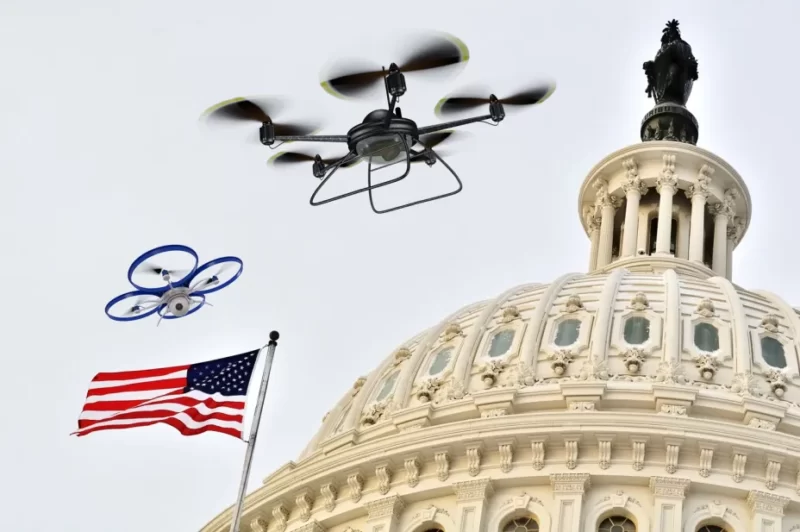Drone Market in the US: Rules, Regulations and the Future
The US Department of Transportation and Federal Aviation Administration’s implementation of Part 107, or Small Unmanned Aircraft Systems rules, has brought much-needed clarity to the domestic drone industry. While the regulations don’t permit commercial drone use at night, over people, or beyond visual line of sight, they are expected to spark a significant increase in investments in US drone-tech companies.
Despite the positive outlook, the rollout of drone services like delivery might be hindered by the need for companies to obtain exemptions for operations that fall outside of Part 107 guidelines. Lisa Ellman, co-chair of Global UAS Practice at Hogan Lovells and co-executive director of the Commercial Drone Alliance, emphasizes the need for drone tech and service providers to collaborate with regulators and the public, providing data and insights about the potential benefits of drones.
Investors like Venky Ganesan of Menlo Ventures are confident that investments in vertical, industry-specific drone startups and services will escalate as a result of Part 107, enabling businesses to solve practical problems, such as monitoring pipelines or farms. Ganesan anticipates larger capital outlays for drone-tech companies once regulators allow beyond-the-line-of-sight flying, employing autonomous flight, collision avoidance, and other remote piloting systems.

Paul Willard, General Partner at Subtraction Capital, highlights the importance of regulators setting clear standards for drone technology development. He suggests that the US market may need further clarification before taking the lead, but companies are already securing funding and actively pursuing opportunities, even if outside the US.
While the regulations present challenges, they offer a framework for the drone industry’s future, emphasizing the need for continued collaboration between regulators, developers, and the public to unlock the full potential of drone technology.